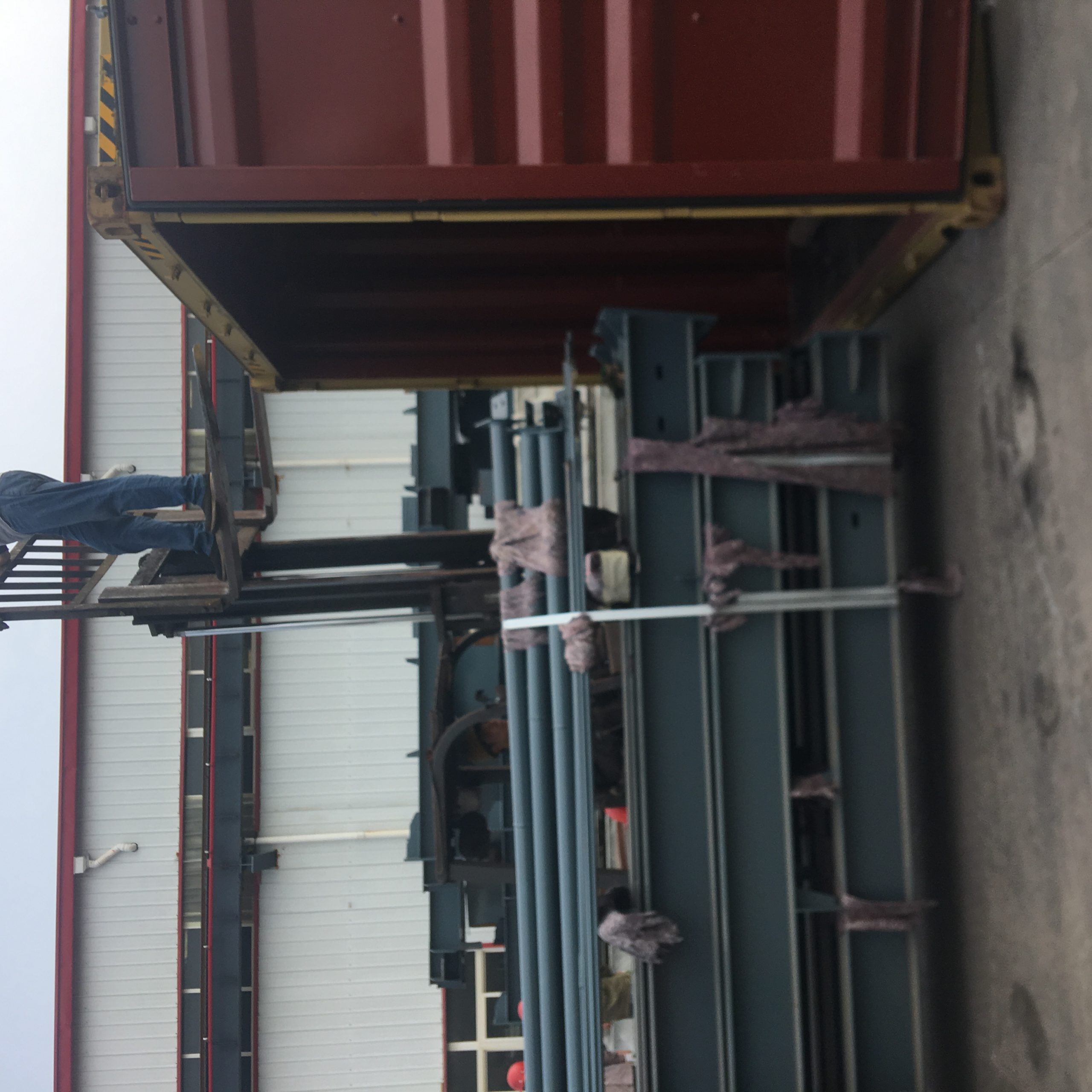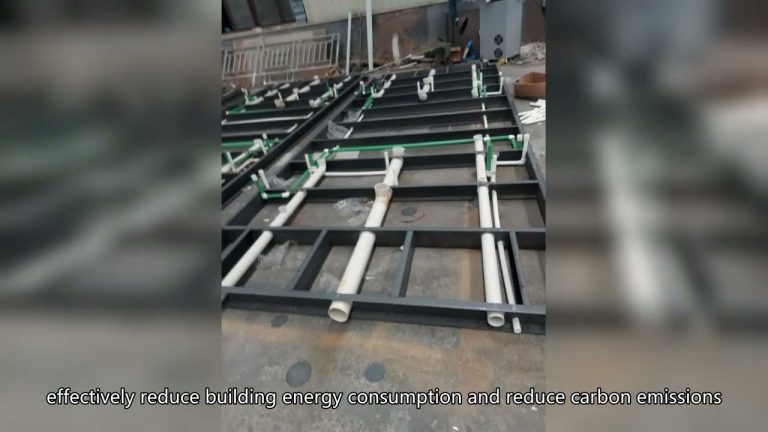Design method of steel structure against continuous collapse
Table of Contents
Benefits of Using Advanced Computer-Aided Design Software for Steel Structures
Steel structures are widely used in construction due to their strength, durability, and versatility. However, designing steel structures to resist continuous collapse can be a complex and challenging task. In order to ensure the safety and stability of steel structures, engineers must carefully consider various factors such as loading conditions, material properties, and design codes.
One of the key methods used to design steel structures against continuous collapse is the use of advanced computer-aided design software. These software programs allow engineers to model, analyze, and optimize steel structures with a high degree of accuracy and efficiency. By using advanced computer-aided design software, engineers can quickly evaluate different design options, identify potential weaknesses, and make informed decisions to improve the overall performance of the structure.
One of the main benefits of using advanced computer-aided design software for steel structures is the ability to perform complex structural analysis. These software programs use sophisticated algorithms and numerical methods to simulate the behavior of steel structures under various loading conditions. By analyzing the structural response to different loads, engineers can determine the critical points of the structure and optimize the design to enhance its resistance to continuous collapse.

In addition to structural analysis, advanced computer-aided design software also allows engineers to perform detailed modeling of steel structures. By creating accurate 3D models of the structure, engineers can visualize the design, identify potential clashes or interferences, and optimize the layout of structural elements. This level of detail and precision is essential for ensuring the safety and efficiency of steel structures.
Furthermore, advanced computer-aided design software enables engineers to automate the design process and generate detailed drawings and reports with ease. By using predefined templates and design rules, engineers can quickly create accurate and consistent designs, reducing the risk of errors and ensuring compliance with design codes and standards. This automation not only saves time and effort but also improves the overall quality of the design.
Another benefit of using advanced computer-aided design software for steel structures is the ability to perform parametric optimization. By defining design parameters and constraints, engineers can use optimization algorithms to find the most efficient and cost-effective design solution. This iterative process allows engineers to explore a wide range of design options, evaluate their performance, and identify the optimal design that meets all requirements.
In conclusion, the design method of steel structures against continuous collapse is a critical aspect of structural engineering. By using advanced computer-aided design software, engineers can model, analyze, and optimize steel structures with a high degree of accuracy and efficiency. The benefits of using advanced software include complex structural analysis, detailed modeling, automation of the design process, and parametric optimization. These tools enable engineers to make informed decisions, improve the safety and stability of steel structures, and ultimately deliver high-quality designs that meet all requirements.
Importance of Properly Calculating Load Distribution in Steel Structures to Prevent Continuous Collapse
Steel structures are widely used in construction due to their strength, durability, and versatility. However, one of the key challenges in designing steel structures is ensuring that they are able to resist continuous collapse in the event of a failure. Continuous collapse refers to the progressive failure of a structure, where the failure of one element leads to the failure of adjacent elements, ultimately resulting in the collapse of the entire structure.
To prevent continuous collapse in steel structures, it is essential to properly calculate load distribution and design the structure accordingly. Load distribution refers to the way in which loads are transferred through a structure, from the point of application to the supports. Proper load distribution is crucial for ensuring that the structure can safely carry the loads it is subjected to, without experiencing excessive deformation or failure.
One of the key factors that must be considered when designing a steel structure to resist continuous collapse is the distribution of loads in the structure. Loads can be classified into two main categories: dead loads and live loads. Dead loads are the permanent loads that are always present on the structure, such as the weight of the structure itself, while live loads are the variable loads that are applied to the structure, such as the weight of people, furniture, or equipment.
In order to prevent continuous collapse, it is important to ensure that the loads are distributed evenly throughout the structure. This can be achieved by designing the structure with a proper load path, which ensures that the loads are transferred efficiently from the point of application to the supports. A well-designed load path will help to prevent the concentration of loads in specific areas of the structure, which can lead to localized failures and ultimately result in continuous collapse.
Another important aspect of designing a steel structure to resist continuous collapse is the selection of appropriate materials and connections. The materials used in the structure must have the necessary strength and stiffness to resist the loads they are subjected to, while the connections must be designed to transfer loads efficiently between the different elements of the structure. Inadequate materials or connections can lead to weak points in the structure, which can result in the initiation and propagation of failures that ultimately lead to continuous collapse.
In addition to proper load distribution and material selection, it is also important to consider the overall stability of the structure. Stability refers to the ability of the structure to maintain its equilibrium under the loads it is subjected to. A structure that is unstable is more likely to experience progressive failure and collapse. To ensure the stability of a steel structure, it is important to consider factors such as the arrangement of structural elements, the bracing system, and the overall geometry of the structure.
In conclusion, designing a steel structure to resist continuous collapse requires careful consideration of load distribution, material selection, and overall stability. By properly calculating load distribution and designing the structure with a well-defined load path, appropriate materials, and stable connections, it is possible to prevent continuous collapse and ensure the safety and integrity of the structure. Proper design and construction practices are essential for ensuring the long-term performance of steel structures and preventing catastrophic failures.







